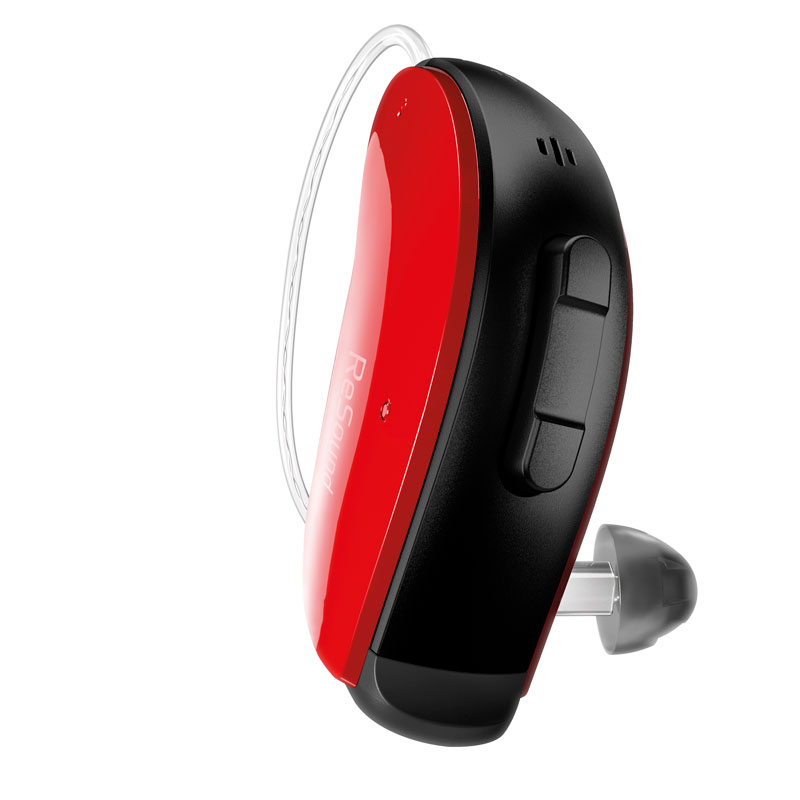Once you’ve seen an audiologist and been tested for hearing loss, your doctor may decide you could benefit from hearing aids. There are a wide variety of hearing aid manufacturers and types of hearing aids, which may make the process of choosing a hearing aid seem overwhelming. There are three major questions to consider when it comes to choosing your hearing aid:

- What options are available to me?
- Which type will best fit my lifestyle?
- How do I adjust to my new hearing aid?
The main styles of hearing aid include completely-in-canal (CIC) or mini-CIC, which are fitted entirely in the ear canal; in-the-canal (ITC), which fits partially in the ear canal; in-the-ear (ITE), which sits in the concha of the outer ear; and behind-the-ear (BTE), which consists of a custom earpiece and a separate sound processor.
A patient may choose a hearing aid based on appearance and functionality. For example, completely in-canal and in-the-canal hearing aids are not highly visible, but also do not include directional microphones. The smaller devices cannot hold as large of batteries and may not help with moderately severe to severe hearing loss. In-the-ear and behind-the-ear hearing aids, though may be more visible, can be more effective for those with profound deafness.
Adjusting to your new hearing aid takes time. The hearing aid will be programmed for your unique hearing needs, which will help ease the adjustment period.
